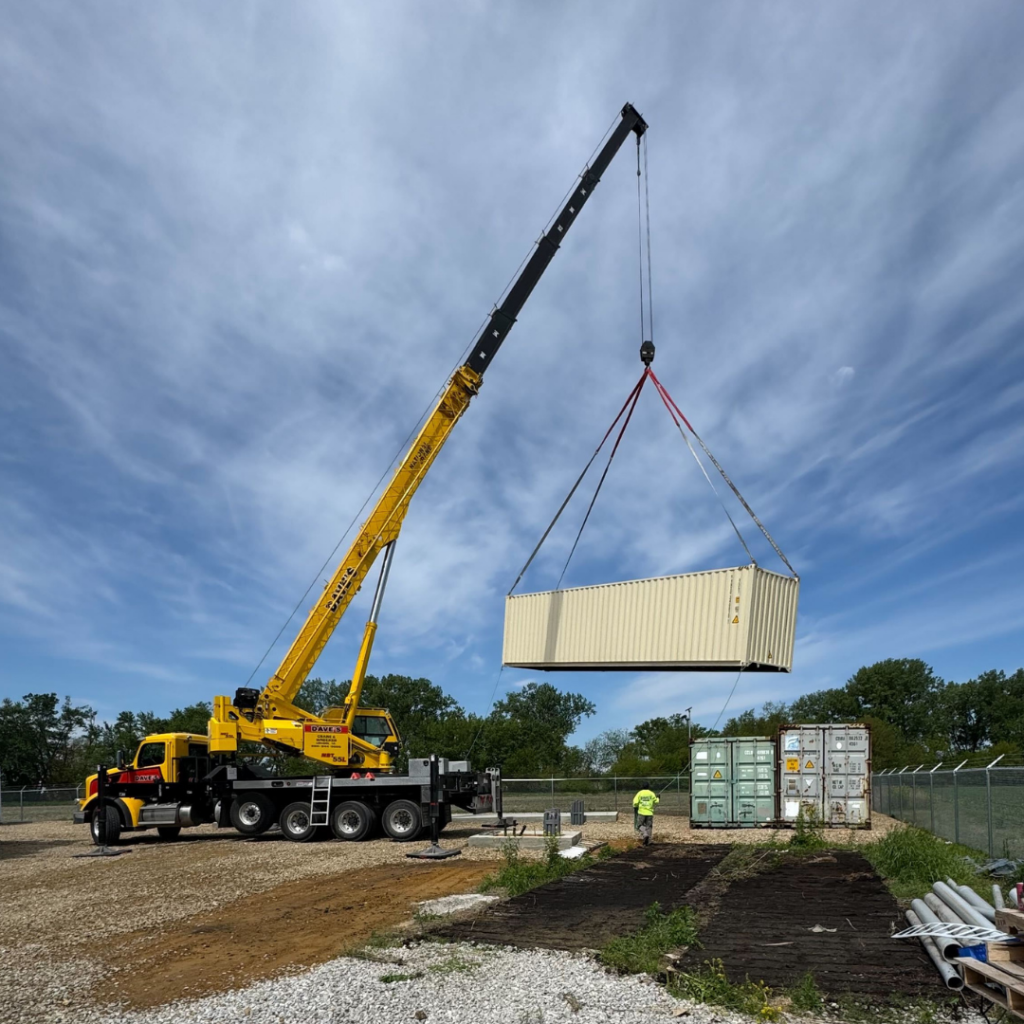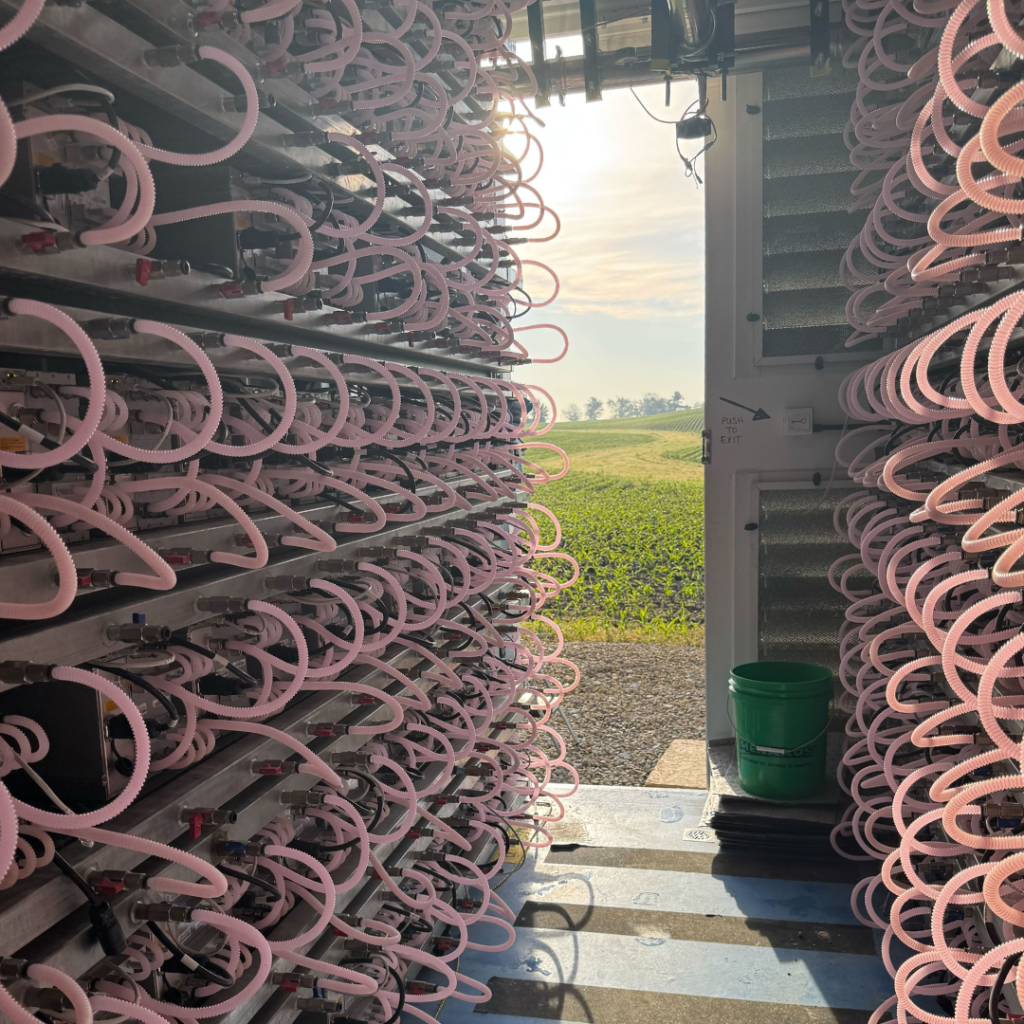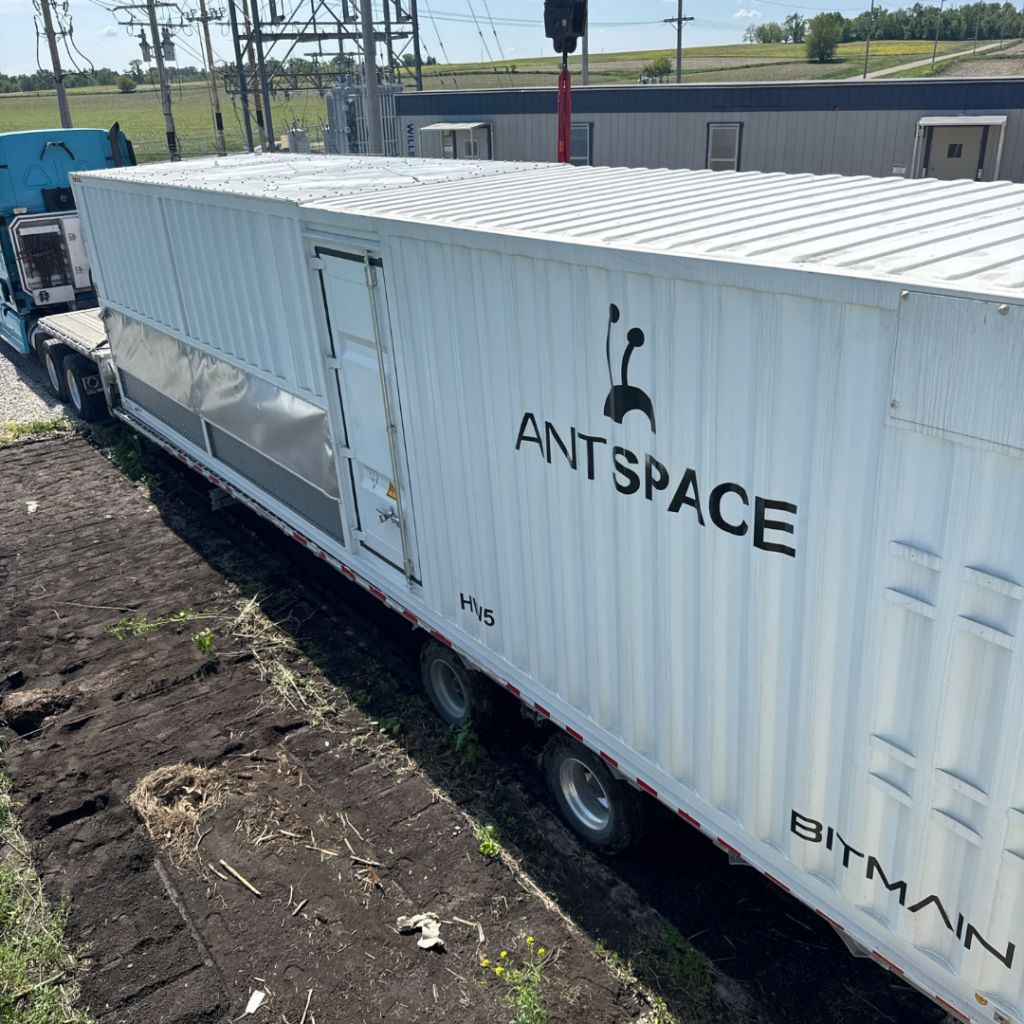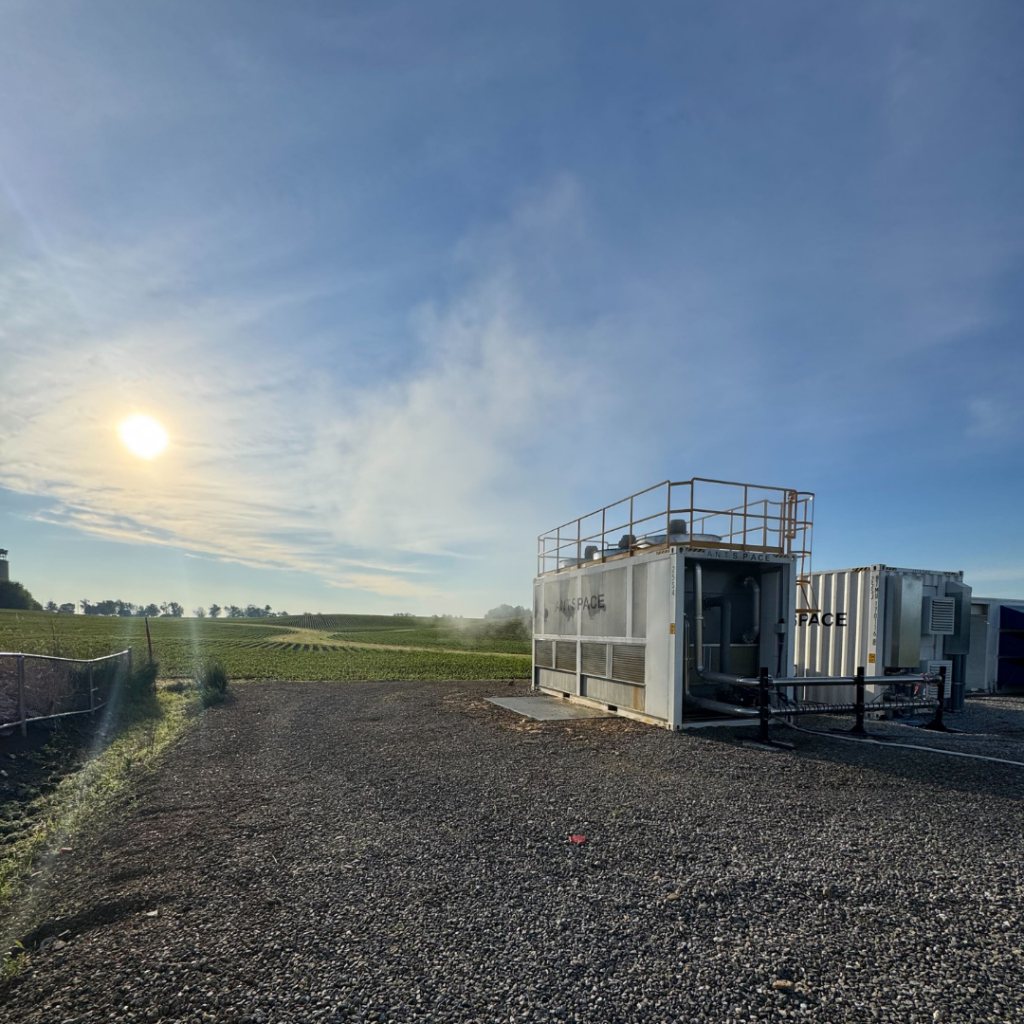Starting up hydro mining equipment correctly is vital to protect your investment and ensure smooth, efficient operation from day one. Improper power-on procedures can cause system stress, hardware damage, or costly downtime.
This step-by-step guide walks you through the essential process to safely boot your hydro system, balance water pressure, and prevent avoidable failures.
Inspect All Connections
Confirm Coolant Levels and Quality
Verify Environmental Conditions


Open All Valves
Start Water Circulation
Bleed Air from System
Switch on Power Distribution Unit (PDU)
Power On ASIC Miners
Monitor Initial Operation


Balance Water Pressure
Verify System Integrity
Document Startup Data
Prevents Hardware Stress:
Gradual power-up and pressure balancing reduce thermal and mechanical shock to sensitive ASIC components.
Avoids Downtime:
Early detection of leaks or electrical issues minimizes costly repairs.
Extends Equipment Life:
Proper startup protocols help maintain stable operating conditions, maximizing miner longevity.
| Step | Action | Key Tip |
|---|---|---|
| 1. Safety Checks | Inspect connections and coolant | Use pH and conductivity meters |
| 2. Water Prep | Circulate coolant, bleed air | Target 8–10 L/min flow, ≤3.5 bar |
| 3. Power On | Activate PDU, then miners | Power miners gradually |
| 4. Stabilize | Adjust valves, monitor sensors | Log data and watch for anomalies |
Remember:
A careful, methodical power-on process is your first defense against operational failures. Follow these steps every time you deploy or restart hydro mining equipment to keep your facility running at peak efficiency.
When powering on hydro equipment, technicians should follow strict safety protocols to prevent accidents, equipment damage, and ensure smooth operation. Key safety measures include:
1. Follow Manufacturer Guidelines: Always adhere to the equipment’s official operating manual and safety instructions to avoid misuse or errors during startup.
2. Personal Protective Equipment (PPE): Wear appropriate PPE such as insulated gloves, safety goggles, waterproof clothing, and hard hats to protect against electrical hazards, high-pressure fluids, and debris.
3. Electrical Safety:
4. Maintain Safe Distances: Keep personnel clear of moving parts and pressurized lines during startup. Maintain safe distances from overhead power lines (minimum 7 meters or about 23 feet) to avoid accidental contact.
5. Hydraulic System Checks:
6. Controlled Power-Up Sequence:
7. Never Leave Equipment Unattended: Do not leave hydro equipment running unattended during startup or operation to quickly respond to any faults or emergencies.
8. Emergency Preparedness:
9. Environmental Awareness: Be mindful of site-specific hazards such as confined spaces, excavation trenches, and traffic.
By rigorously following these safety protocols, technicians can minimize risks associated with powering on hydro equipment, protect personnel, and ensure reliable mining operations.
Optimal power-on protocols are foundational to maximizing asset uptime and securing ROI in hydro deployments. Despite detailed guides, real-world operationalization presents critical variables leading to costly delays or hardware degradation.
Why risk suboptimal performance or extended time-to-value?
Our specialized deployment expertise mitigates these complexities, ensuring precise system integration and immediate operational stability. Leverage our field-proven methodology to accelerate your infrastructure’s efficiency and secure its peak yield from day one.